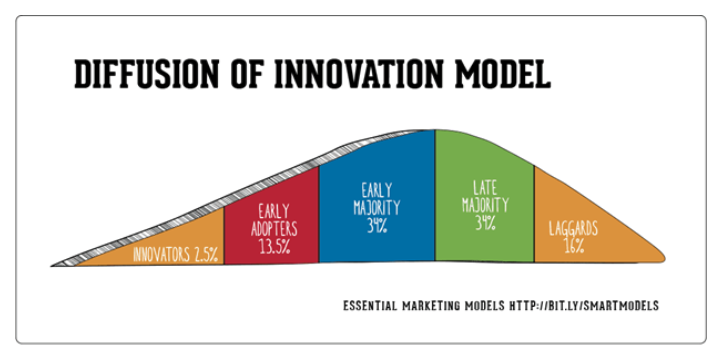Innovation comes at a cost. As business leaders who are enacting change within their organization, we often focus solely on the quantifiable aspects of innovation. How much capital is required? How long will it take? What is the internal rate of return (IRR) and net present value (NPV) of the cash invested? Financially driven metrics like these are crucial to making informed business decisions, but they all hinge upon a major assumption – the successful facilitation of change.
The change process is critical for businesses to understand and plan around, especially for insurance companies who have long tenured employees that are rooted in legacy process/systems. When we assume that change will be smooth, we neglect to recognize one of the most important aspects of enterprise software implementations. No matter how methodically the project is scoped, challenges and obstacles will arise. By having an effective change plan in place, with clear communication, change champions, and a well-defined set of expectations, projects will persevere through these moments of struggle and remain on target for a successful go-live. Organizations that fail to facilitate the change process with their internal teams will find themselves frustrated and paying the price.
Experienced software buyers understand that burned out project leads and lapses in team morale can have significant impacts on the total cost of an implementation. As your business decides to evaluate and implement new core platform, it begs the question: are your teams ready to change? Throughout the course of this article, we will discuss the natural progression of innovation and how this applies to core platform implementations, as well as cover three critical steps to successfully facilitating the change process during your next technology implementation…
The Diffusion of Innovation
The Diffusion of Innovation theory is a guiding principle for how change is spread throughout an organization. If you think back to any major technological development that has revolutionized the way we think about something, you’ll notice how this theory holds true – take smartphones as an example. Today, everyone has an iPhone or Android in their pockets. They’re connected through a robust satellite and fiber network that enables them to have instant accessibility to the internet, as well as the computing capabilities to run applications that were once reserved for desktop computers. But back in 1994, when IBM released the original “smartphone”, owning the Simon Personal Communicator (SPC) was something of a novelty. Over the last three decades, we’ve diffused this innovation throughout our communities to the point that not owning a smartphone is considered the novelty.

Knowing what we know today, it’s hard to imagine why anyone would have resisted this change. Smartphones have enabled the progression of society in countless unforeseen ways and continue to lay the foundation for future innovation. Yet, reflecting back, we realize that the progress we made didn’t come without friction. There were intense public discussions on the impacts of smartphones, creating factions on either side and dividing society into two groups – those for the change and those against it. Over time, people were able to embrace the changes at a pace that fit their needs until the innovation was fully integrated. However, for insurance executives who are getting ready to implement a new core system, patience is a luxury you are not afforded.
With new technology implementations, time is the enemy. The longer a project stretches on, the more costly it becomes, and not just financially. As an implementation drags out, internal teams will slowly lose morale. The, consistently overlooked, reality is that many of the team members for an implementation are being asked to devote additional time and energy, on top of their full workload, typically without any additional pay. Continuous motivation is key, and nothing stifles motivation more than unmet expectations. Timelines that become moving targets are an implementation team’s worst nightmare.
This is the dichotomy of the guiding principles of innovation and technology implementation projects. A natural tension arises between the need for a new way of doing business and an organizations capacity to facilitate change, so a leader with the ability to effectively shepherd their teams through the implementation is crucial. For any project, a successful change process starts with communication…